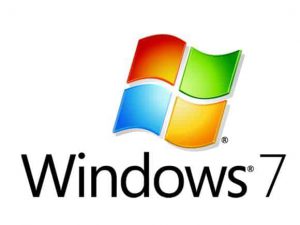 I’m currently in Munich, Germany at the invitation of Microsoft for their Windows 7 Ignite Program.
I’m currently in Munich, Germany at the invitation of Microsoft for their Windows 7 Ignite Program.
What is Windows 7 Ignite? Well it’s a through partner program that provides a select group of Microsoft’s most innovative and supportive partners and their small business customers an opportunity to experience Microsoft’s next Operating System, Windows 7. My MSP was fortunate enough to be one of 4 UK Microsoft Partners to be asked to participate, alongside 26 other EMEA (European, Middle East, Asia) partners here in Munich, and another 30 partners worldwide who had their Ignite event in Miami, Florida last week. In all cases the partners involved work primarily with Small Business clients, and the whole program is focused on how Windows 7 will work in the SMB sector.
Once the two day Windows 7 training for partners is over, we’ll be deploying loan hardware to selected clients who have agreed to work with us with Windows 7 as their man day-to-day O/S and then both helping them understand how Windows 7 might be a good fit for them, and asking for their feedback on their experiences of using Windows 7.
Windows 7 Partners in the UK
I met with two of the other UK partners involved, Steve Wright of BMS and Guy Gregory of Peak Support (who also happen to be fellow AMITPRO members) at Birmingham International Airport, and we had a perfectly relaxing trip, arriving in Munich on Tuesday afternoon. Later we also met fellow Brit Neil Crowther of NCI Technologies, who had rather a more stressful trip. Naturally, as good Community members we did our best to crow about how our trip had been flaw-free, just to make him feel better…
Tuesday evening saw a Reception event where we got to meet the organisers, Wanda Sommer, Ivonne Perrig, author Jerry Honeycutt and their colleagues. We also met the other partners involved, and yes, rather stereotypically, the Brits were the last left at the bar…
 We’ve been treated fantastically well during our stay, Wanda and co really looking after us. The Conference and Hotel facilities are also top notch, with the exception of Internet Access outside the Conference area. 22 Euros for a days Wi-Fi access? Surely not! But that’s a rant for another time!
We’ve been treated fantastically well during our stay, Wanda and co really looking after us. The Conference and Hotel facilities are also top notch, with the exception of Internet Access outside the Conference area. 22 Euros for a days Wi-Fi access? Surely not! But that’s a rant for another time!
Wednesday morning saw us begin the training with Ivonne explaining how the program would work, and Jerry taking over for most of the technical content. Both Ivonne and Jerry are engaging personalities and good speakers, so I’ve enjoyed listening to them speak.
Impressions of Windows 7
So onto my impressions of Windows 7, based on the content delivered to us during training.
Windows 7 Boot-Up times seem to have been dramatically improved, Jerry explaining to us that whereas Vista would boot-up services and applications sequentially, with the boot-up process pausing if say, a service hung or crashed, where instead Windows 7 runs Services in Parallel. Additionally, Windows 7 uses a “Trigger Start Services” scheme wherein instead of loading all required services at start-up, Services (such as Bluetooth) are started the first time they are required. All of this means some demonstrated boot-up times of around 50 seconds. Impressive and bound to give a great first impression to new users.
Compatibility was a bug-bear of Windows Vista deployments, 3rd Party applications and Drivers often failing. The reality of the situation is that by SP1 most of these issues were sorted within Vista, but by then the damage had been done, and Vista had acquired a reputation. For Windows 7, Microsoft are working closer with ISV’s to make sure things work well. In our own situation, where a LOB (Line of Business) application fails to work with Windows 7, Microsoft will work with us and the vendor involved to correct that issue for our clients. The reality of the situation would seem that anything that works under Windows Vista will definitely work under Windows 7 (I understand the Windows 7 Developers had to work to strict guidelines to ensure this fact) and anything that didn’t work under Vista now has a better chance of working under Windows 7.
Device Driver Support
Device Driver Support is also improved, and Vista Drivers will work under Windows 7. Two nice touches I picked up on were the fact that when searching for drivers for new hardware, Windows 7 automatically checks Windows Update before requesting any input from the user, thus ensuring the user has the latest driver, and additionally drivers for devices such as USB Key Disks are kept in memory so that users get a faster experience after the first insert.
There was also a nice Projector Option – Windows Key+P – to allow ease of use of connected Projectors. I’m sure anyone who has ever used a Projector has experienced issues with it, so this feature should minimise that.
Onto some of the other new features…
New Features
Homegroup is the ability to set up a secure ad-hoc network between multiple PC’s connected via a Wi-Fi or Wired network. Simply, the network connection is set to “Home” within the Network Connections Control Panel, and you are then given the option to Share your Printer, Files, Music, etc. A password is generated and then other PC’s searching for a Homegroup will connect and share resources in this fashion. Whilst a nice feature for, well, home users – I’m not sold on this feature for two reasons. Firstly, the whole naming of the feature feels wrong. “Homegroup”? Setting network connections to “Home” even if a user is at “Work”? This will no doubt confuse users as to the feature involved. Secondly, if a PC is joined to a domain, even if not connected to said domain whilst outside the office, then the “Homegroup” feature is cut back to a read-only experience. You can just hear the Support calls involved here. A “meh” feature for me.
Search is improved within Windows 7. Building on the Vista instant search, Windows 7 now automatically searches documents from other Windows 7 machines on the network (where security allows) and also searches the Control Panel. For instance, type “Turn on Aero Interface” into Windows 7 Search, and you’ll be given the Control Panel Wizard to do just that. Additionally, new definable searches called “Search Scopes” are available for repetitive searches. This should make finding documents easier.
And whilst on the subject of finding documents, Windows 7 includes a feature known as “Libraries”. A library is a collection of documents or folders from multiple locations, be they local or on the network. For example, you’re working on a project and the docs are scattered across your HDD and the server. Create a Library and include these file and folder locations, and they are now available for you to access quickly. I like this feature!
New Interface
On the interface/GUI front, there have been several changes. The first is the “Jump List” facility where you can “pin” applications to the toolbar in a similar manner to the old “Quick Launch”. However once pinned and then loaded, the Jump List gives you an easy way to get a full screen preview of the app, and also allows you to pull up recently opened documents for the app directly from the taskbar. You can also “pin” documents within the app – so if you often work on a set of files, then they are just a click away in the taskbar. Neat!
The Sidebar from Vista has now gone, and you can drop Gadgets anywhere on the Desktop. This, along with a keyboard shortcut to quickly show you the Desktop without minimising all applications, should mean a bigger uptake of cool Gadgets such as stock tickers and the like.
Finally, two Aero Interface improvements I’m smitten with. The first is Aero Snap, where you can drag two windows to the left and right side of the screen and they automatically show side by side for comparison work. No synchronised scrolling yet, but this is still a cool feature! Also, Aero Shake I love – this is where if you’re getting a bit overwhelmed with all the windows open on a screen, you click on the window you want to work on, wiggle your mouse from side to side, and Windows 7 minimises all windows bar your active window. Loving it!
Security in Windows 7
Moving on to Security, and there’s no doubt that the biggest complaint around Windows Vista was User Access Control, or UAC. Whilst the idea to improve security within Vista was sound, the constant UAC nags meant that many users and administrators simply turned the feature off altogether. I was therefore delighted to see that UAC has been improved greatly in Windows 7 on a more granular scale. Basically, UAC will now automatically allow certain actions if they are user initiated, but still throw up UAC if an application or device driver tries to make changes itself. This option is configurable, but I suspect that out of the box the default setting will be good enough for most. Great change.
There’s an improved Backup facility which includes Scheduled Backup to DVD-R, USB or Network Share, and the Windows Recovery Environment is now automatically installed at the time of build. This is a good move to make life easier for road warriors.
We also saw that the “Previous Versions” feature, wherein you could recover a deleted document or roll-back to an earlier version of the document on a network share, is now included as standard within Windows 7 for local drives too. It just works and should be another saver when needed!
A neat feature is the new “Location Awareness” wherein Windows 7 will change the IP address and Default Printer based on where the user is working. Working from home and need DHCP and a nearby Printer? Windows 7 automatically does this. When you return to work with a Static IP and the Office Printer, Windows 7 makes those changes without you needing to.
Troubleshooting Windows 7
The final features I’ll mention are the Troubleshooting Guide and the Problem Steps Recorder. The Troubleshooting Guide are a series of almost wizard like options that will allow the end-user to automatically fix common Windows 7 problems such as printing and display issues. The idea is to make the end-user more self-sufficient, and 3rd Party Developers can also write Troubleshooting Guides for their own applications. In theory this is a good idea, but I don’t like the name of the feature (Wouldn’t “Fix this for me” be simpler?) and I can’t see many end users embracing it instead of calling their IT department. We’ll see. The feature that did catch my eye was the Problem Steps Recorder. Once loaded, an end-user can click a button and Windows 7 will then record all their mouse clicks and actions including any errors, and when finish recording, bundle this up into a nice step-by-step HTML document that can be used by a Support department or 3rd Party Supplier to re-create the user error and deal with it. I can see this being a great feature for IT Support providers such as my MSP when we liaise with 3rd Party LoB App Vendors to work on a client issue and need to easily explain the route to finding the problem.
Conclusion
So there you have it, plenty of new Windows 7 features to digest!
I, much like the majority of people, was no fan of Vista and I felt it “got in the way” of me doing a days work. Having seen Windows 7 up-close, I don’t feel the same way and am looking forward to using it as my main O/S. Windows 7 seems to include all the features that weren’t included in Vista, but with no fundamental changes to security which could cause issues and embraces my mantra of “it just works”.
I’m also impressed by the fact that much of the hardware that wouldn’t run Windows Vista, may well run Windows 7. Microsoft won’t publicise this fact for fear of end-user complaints with really low powered hardware specs, but I’ve seen Microsoft’s own Matt McSpirit running Windows 7 on his Samsung NC-10 Atom based Netbook without issue when we met up recently – and it’s smaller footprint leads me to believe it’ll work much better than Vista in a lot of similar scenarios.
I’m still undecided about the vast range of SKU’s available (Windows 7 Starter, Home Basic, Home Premium, Professional and Enterprise) as I’d prefer to have seen a simplified range and Professional being left named as “Business”, and I’d also like to have seen Bit-Locker To-Go, the encryption service for USB devices, included in Professional rather than just Enterprise – but as they say, you’ll not please all of the people all of the time.
Day 2 of our training focuses on the deployment of Windows 7 – I’ll be back with another posting when I’m done!

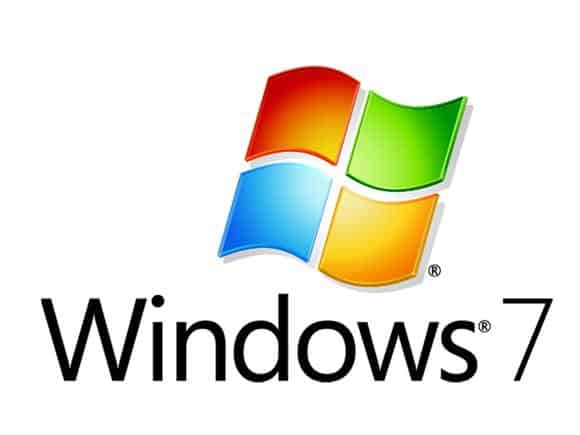





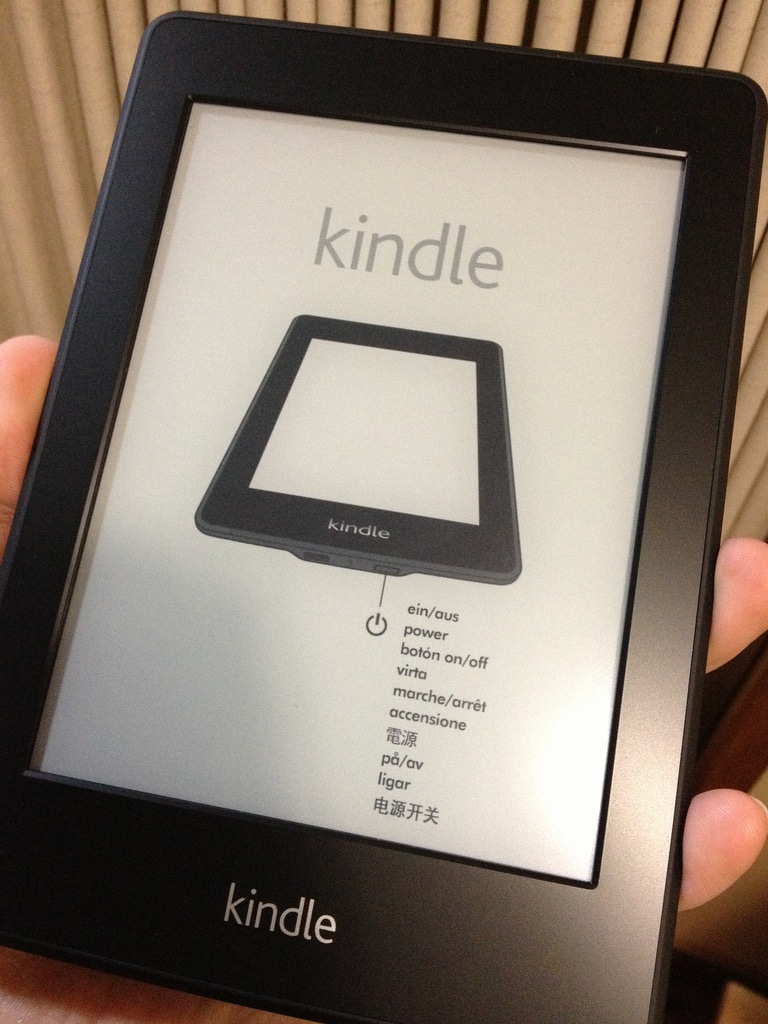
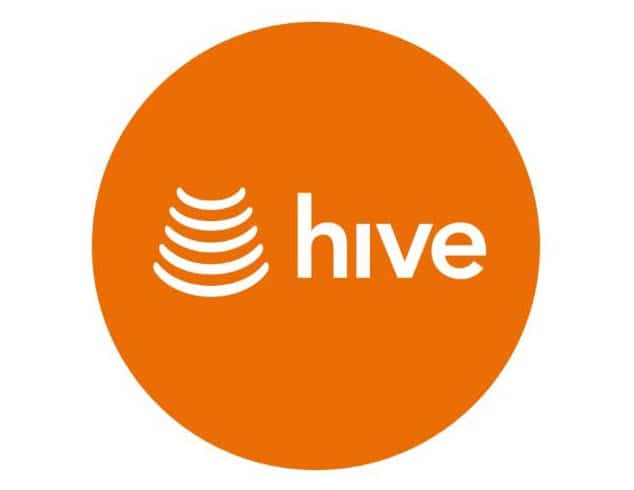



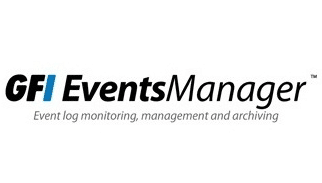

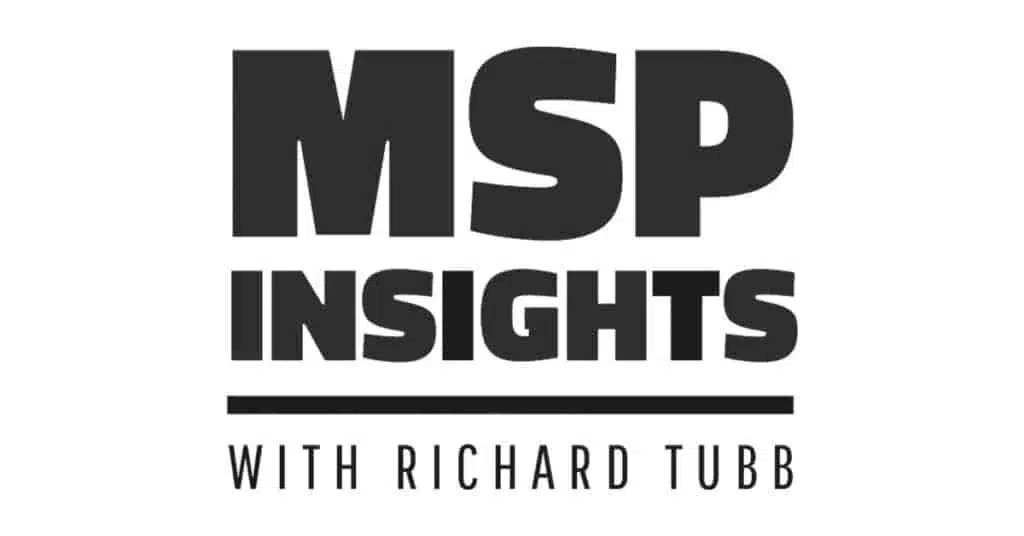
Comments
5 thoughts on An early look at Microsoft Windows 7
CHRIS
12TH MARCH 2009 10:10:18
Rich.. once again thanks for your blog posts.. Very interesting stuff .. I am using W7 as my full time OS on my laptop and I love it . Even though it is in BETA , I am using it as a production machine and its very , very stable.
RICHARD
12TH MARCH 2009 11:43:23
Chris - Glad you find the blog useful. I'll be converting to using W7 as my main OS back in the office on my return from Munich. Consider that against the fact I resisted implementing Vista until the end of 2008, and you can see this OS has made a good impression on me.
JEREMY
12TH MARCH 2009 14:21:56
Do you know if Win7's Start button will be improved? It currently looks ugly when you mouse over it.
LAWRENCE
17TH MARCH 2009 03:26:08
Richard - I found your blog while searching for Windows 7 Ignite on google. I was at a similar event in Miami, Florida two weeks ago. Check out my blog which higlights the event I attended @ http://lawrencefrias.spaces.live.com/blog/ .
RICHARD
17TH MARCH 2009 07:24:09
Lawrence - fantastic blog posting - thanks for sharing! Well worth checking out for anyone wanting to know more about Windows 7.